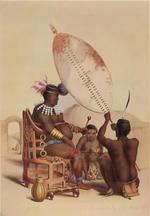
From the very earliest days of European settlement on the Natal coast, the headrests used by Zulu-speaking communities fascinated colonial officials and missionaries.
Examples from the Zulu kingdom were recorded by artists such as George Angas, who visited the royal homestead of the third Zulu king, Mpande, in 1879.
Numerous headrests found their way into European collections in the course of the 19th century, many acquired as trophies of war during the Anglo-Zulu war of 1879.
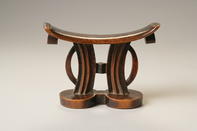
Culture: Tsonga/Shangaan Period: 19th century Material: wood Height: 12.5 cm, Length: 17 cm Large numbers of headrests were collected by Swiss missionaries working in Mozambique and the Transvaal Lowveld and escarpment in South Africa in the late nineteenth and early twentieth centuries.
Concerned to glorify God’s work by collecting, cataloguing and classifying plants, animals and minerals into understandable categories, they also acquired ritual and utilitarian objects, and artefacts made for sale to outsiders. Some headrests were acquired in exchange for food during a devastating period of drought in the early 20th century.
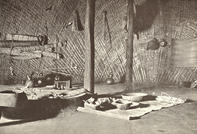
Headrests, which in most cases were used to support the neck, often protected elaborate hairstyles.
Among Shona communities, they were owned only by men, but both men and women used headrests among Zulu and Tsonga-speaking communities, where they usually formed part of the wedding gifts a bride took to her new home, which also included grass sleeping mats and other household items such as pots and baskets.
A man with more than one wife might, therefore, end up with headrests in different carving styles.
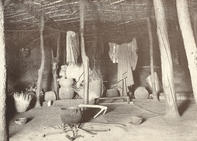

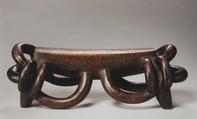
Period: 19th century Material: wood Height: 21.5 cm, Length: 55.5 cm When receiving guests or relaxing in the company of multiple wives and their children, the headrests of important leaders such as chiefs and kings were also used as armrests.
This elaborate example, which is supported by four arched legs with looped projections at both ends, was clearly produced by a highly skilled carver who probably worked for wealthy patrons.
Only seven examples in this style are known to have survived, five of which are in public collections in the USA, the UK, the Netherlands and South Africa.
By Professor Sandra Klopper